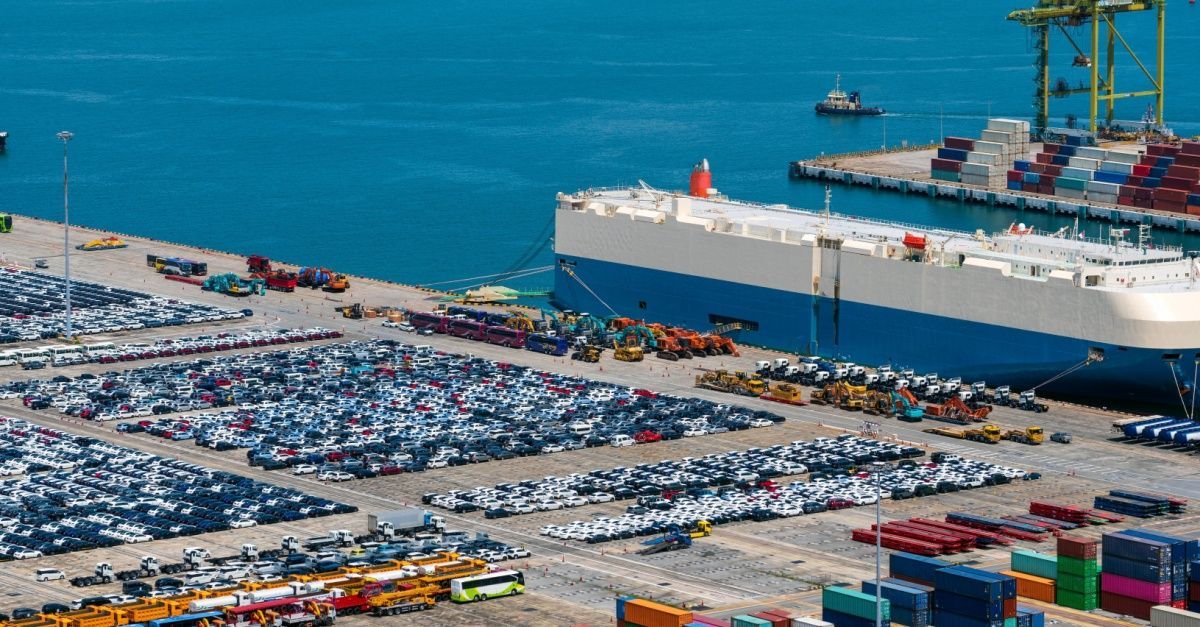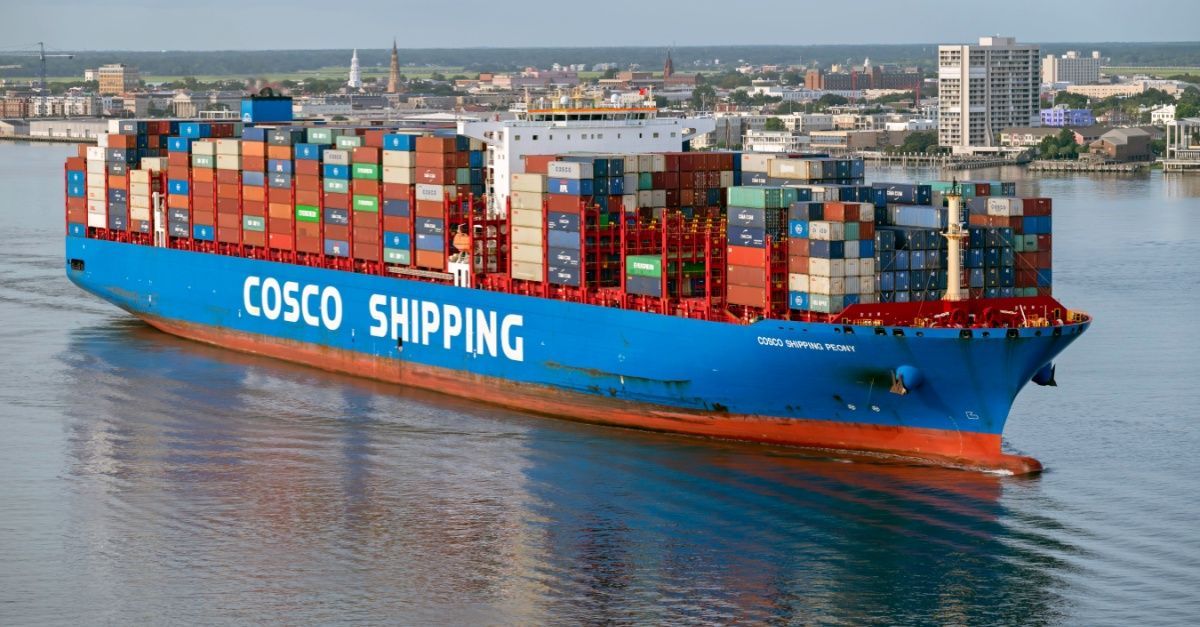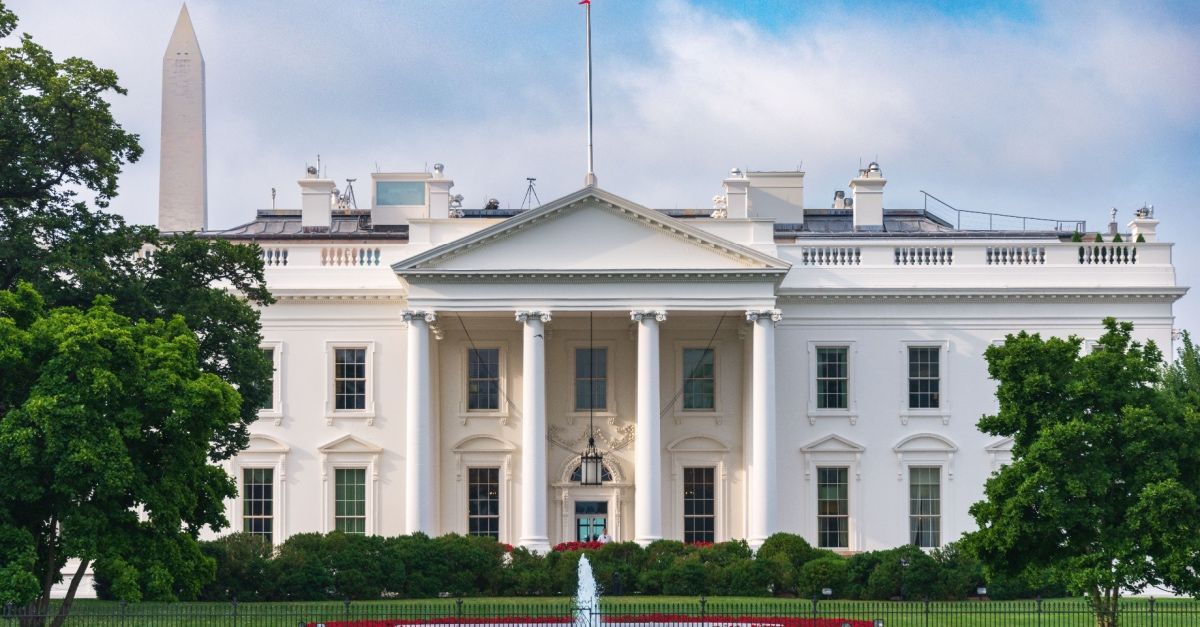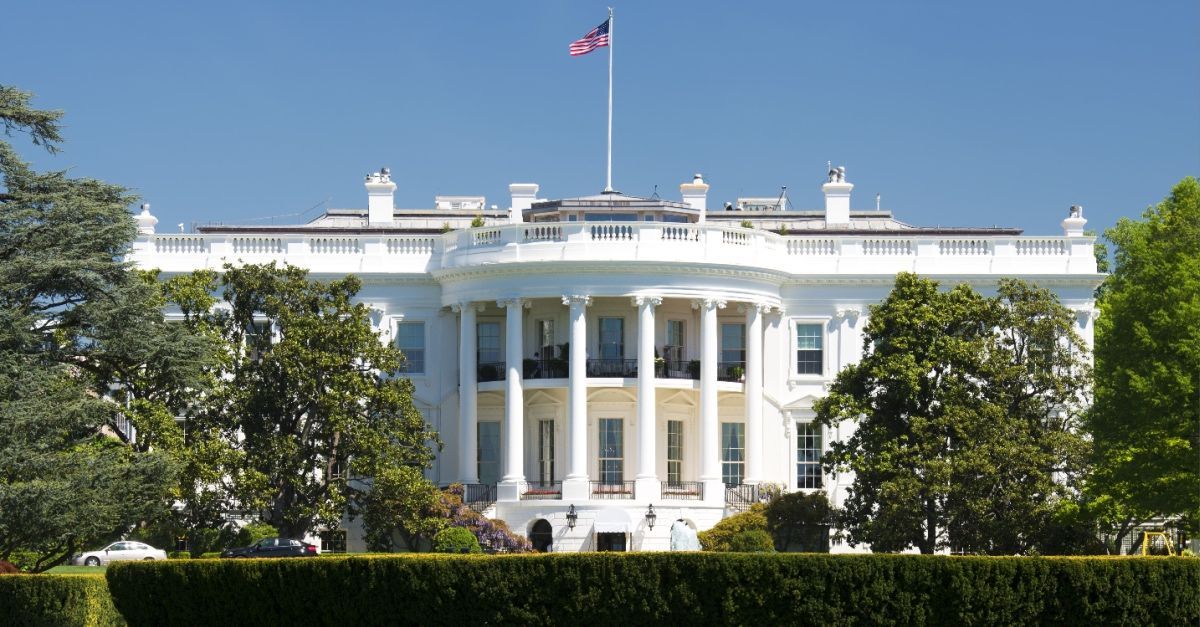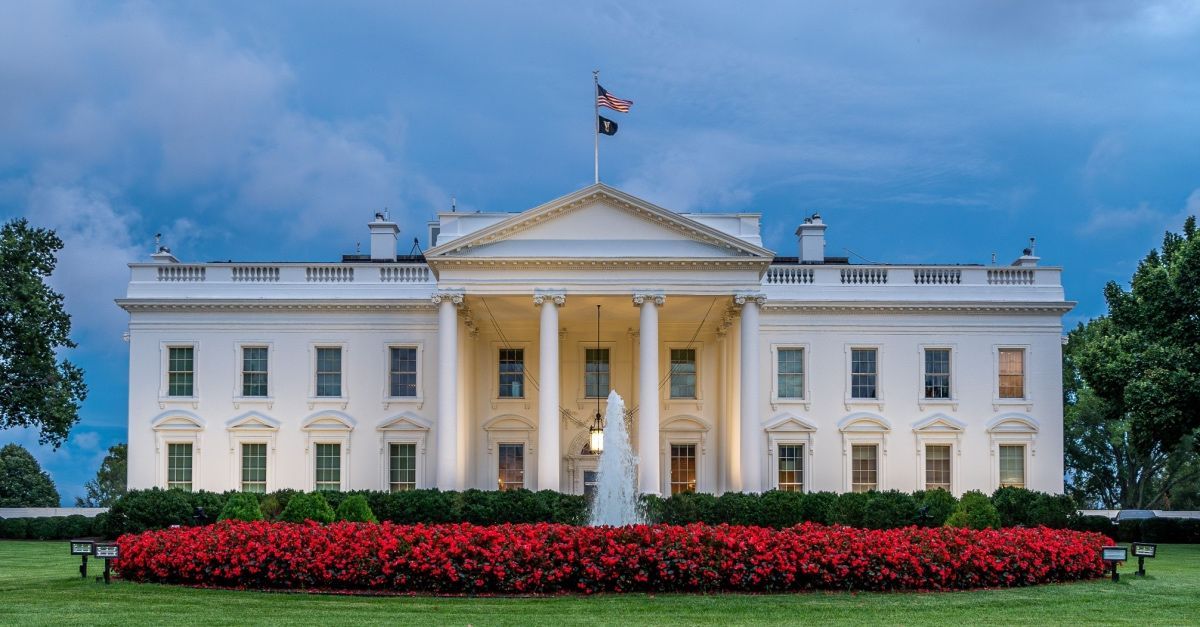Trade Wars and Tariffs Take the Freight World by Storm
Blog Post CTA
It is no secret that the heightened trade wars have allies and adversaries on edge. New tariffs from the U.S. government and major changes to port fees are creating big disruptions. Shippers, trucking companies, and ports are scrambling to adjust, especially with so much uncertainty about how these changes can impact the freight economy.
Experts are confused about the Trump administration’s new direction. The agriculture industry faces serious threats from falling sales to China, and spot freight rates continue to spike. Even truck orders are impacted, with recent data showing a sharp drop. Uncertainty is everywhere.
To ensure you are always well-informed, we have curated all the latest news, so keep reading as we dive into how all this could impact your freight operations.
US Tariffs, Shipping Fees Set to Reshape Trade, Port Activity
The Trump administration has raised tariffs on Chinese goods by 20%, but is not stopping there. Plans are underway to introduce reciprocal tariffs on April 2. Shippers are moving goods to prepare for these changes, but trade with Canada and Mexico remains uncertain, with tariffs repeatedly imposed, rolled back, and delayed.
A separate proposal from the U.S. Trade Representative aims to charge ships built in China up to
$1.5 million per port call. Since many of the world’s container vessels are Chinese made, this could drive up costs for cargo owners and shift shipping patterns. Companies may start using larger vessels or consolidating shipments to reduce port calls, which could reduce traffic at smaller U.S. ports.
While ports handled increased import volumes late last year without major problems, pressure is building.
US Agriculture Faces Growing Threat from Chinese Tariffs
Experts warn that U.S. agriculture will suffer the most from China’s tariff retaliation. Low margins and global competition make it difficult for American farmers to recover lost sales. Peter Friedmann of the Agriculture Transportation Coalition cited past trade disputes in which U.S. farmers suffered heavy losses and required government subsidies to stay afloat.
China has already been shifting away from U.S. suppliers, increasing purchases from Brazil and Argentina. The latest tariffs target key American exports, including cotton, pork, beef, and soybeans, all of which have alternative sources in global markets. Recent data from the U.S. Department of Agriculture shows soybean shipments to China have fallen sharply, with January volumes dropping from
3.8 million tonnes last year to 1.8 million this year.
Trade experts say the White House has not fully considered the long-term damage
these trade policies could cause. Many in the agriculture sector fear these trade shifts could have lasting consequences well beyond the current tariff cycle.
Uncertainty Over Tariffs Disrupts Cross-Border Trucking
Trucking companies and logistics providers are adjusting to shifting tariff policies. Duties on USMCA-compliant imports from Canada and Mexico are currently suspended until April 2. This temporary pause has triggered a surge in freight movement as shippers rush to take advantage before potential new tariffs take effect.
Border crossings have slowed, and goods entering Canada and Mexico take longer to be transported. Carriers are staying in close contact with customers as businesses weigh their options. Some shippers are working through the process of qualifying for USMCA exemptions, while others are breaking down shipments to reduce duty costs.
Logistics firms report a spike in volumes, particularly from Mexico, and a tightening of available trucking capacity.
Truck Orders Drop as Tariff Uncertainty Disrupts Market
Orders for Class 8 trucks in North America fell sharply in February, down 34% from a year ago and 29% from January. This marks the second straight month of declines following a brief spike in December. Analysts point to trade and economic policy uncertainty under the new administration as a major factor behind the slowdown.
The drop was even steeper when adjusted for seasonal trends, with February posting the lowest figures in nearly two years. While some manufacturers, such as Mack Trucks, report steady demand in vocational markets, overall investment in new trucks appears to be stalling.
Industry experts say tariffs on Canadian and Mexican imports, which affect nearly half of all Class 8 trucks built for the U.S. and Canadian markets, affect orders.
Additional tariffs on steel and aluminum could further complicate fleet purchasing decisions.
US-Canada Tariffs Push Trucking Costs Higher as Volumes Drop
Cross-border trucking costs surged in early March, even as fewer goods moved between the U.S. and Canada. Spot rates for Toronto-to-Chicago shipments jumped 18%, while freight volumes on that route fell 20%. The trend was similar in the opposite direction, with rates rising 8% as loads dipped 2%. A shrinking supply of available Canadian trucks has tightened capacity, compounding the pressure.
The situation on the southern border was different. Shipments from Mexico increased 12% week over week, though rate hikes remained small. The difference comes down to how goods move. U.S.-bound freight from Mexico often gets transferred to domestic trucks at the border, while Canadian shipments move directly to their destinations.
When a fresh round of tariffs on Canadian and Mexican goods took effect (briefly) on March 4, some businesses opted to delay shipments.
CMA CGM Pledges $20 Billion Investment in US
French shipping executive Rodolphe Saadé met President Trump at the White House and committed to investing $20 billion in the U.S. over the next four years. The funds will go toward expanding CMA CGM’s U.S.-flagged fleet, upgrading port operations, building a Chicago airfreight hub, and adding new logistics infrastructure. The investment is expected to create 10,000 jobs.
The planned investment includes $8 billion for new container ships, $7 billion for logistics, $4 billion for ports, and $1 billion for air cargo. The company will add 20 new U.S.-flagged ships, likely built in South Korea, while exploring options for U.S. shipyard production. Trump has been pushing for a revival of the U.S. maritime industry, with plans to impose fees on Chinese-built ships and introduce new shipbuilding programs.
However, Saadé warned that such fees could disrupt trade. CMA CGM, the world’s third-largest container carrier, has been expanding its presence in the U.S., already employing 15,000 people and operating major terminals in Los Angeles and New York-New Jersey. The company plans to double its warehouse network and open an R&D center in Boston.
Port of LA Starts Year with Record Cargo Volumes
The Port of Los Angeles handled 924,245 twenty-foot equivalent units (TEUs) in January, making it the busiest start to a year in its 117-year history. Volume increased 8% from the previous year, continuing a seven-month stretch of strong container movement.
Importers moved goods early to avoid potential tariff increases and to prepare for Lunar New Year slowdowns. Loaded imports rose 9.5% year over year to 483,831 TEUs, while loaded exports
dropped 10.5% to 113,271 TEUs. Port officials reported that despite the high volumes, cargo moved efficiently without major delays.
Navigate Truck Rates, Financials with Entourage Freight Solutions
Tariffs and trade spats have the freight economy trending around historic lows. While this can seem like good news for carriers as rates skyrocket, it also means the market is somewhat unstable, and trucking carriers will do what they can to recoup costs and stay afloat.
Shippers need access to freight management services and real-time data to manage their shipments and stabilize them in a volatile environment.
Entourage Freight Solutions provides steady services that help you navigate an ever-changing logistics environment and receive important information in real time.
Entourage Freight Solutions offers the following services and many more:
- Our LTL Service provides on-demand access to capacity, real-time data, and peace of mind in this high-stakes world.
- Our Freight Management lets your team stay organized across inbound and outbound logistics, tracking market capacity and using automation notifications to keep everyone informed.
- Our Refrigerated Transport provides expertise in everything from finished goods to raw materials, ensuring products arrive on time and in top condition.
Request a quote today to see how Entourage Freight Solutions can help with your freight movement and other supply chain needs.
